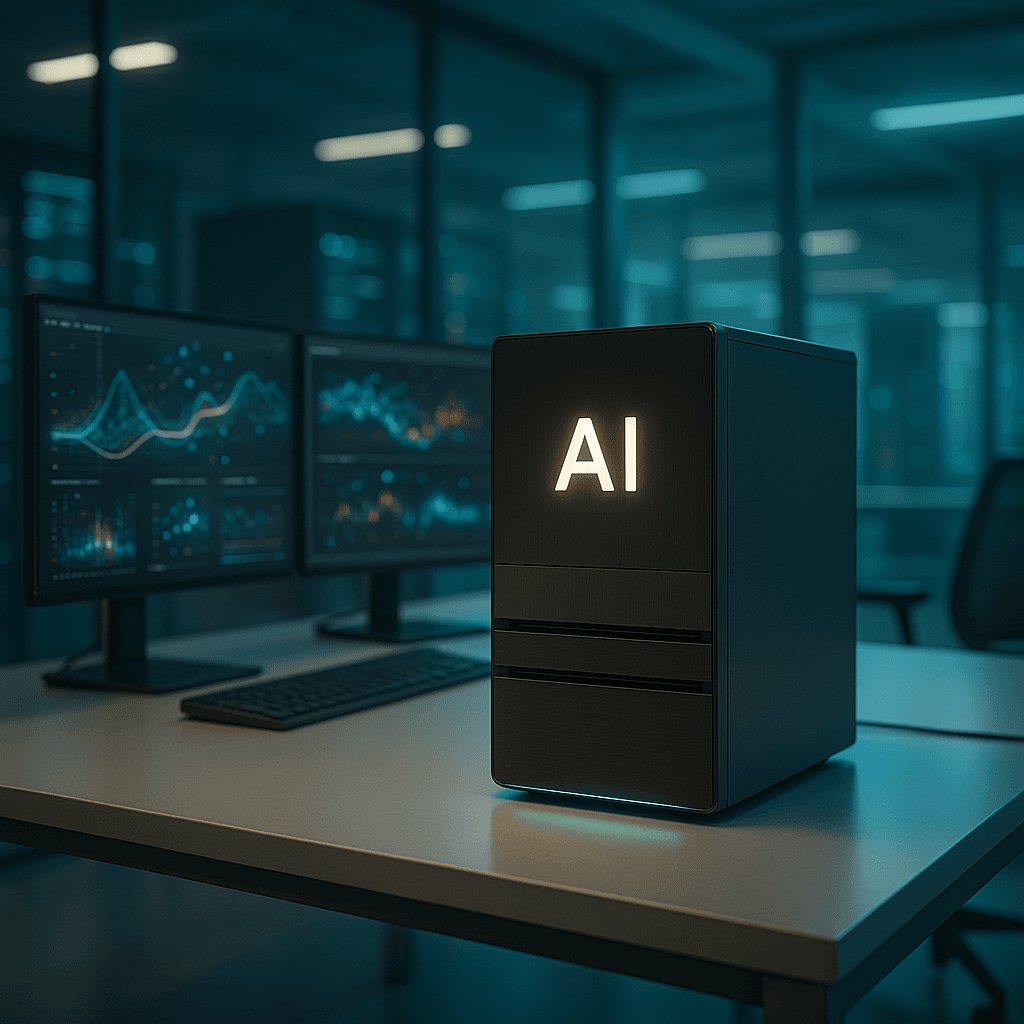NVIDIA CEO Jensen Huang just made the most high-profile tech delivery of the year, personally handing over the company's new DGX Spark AI supercomputer to Elon Musk at SpaceX's Starbase facility during the 11th Starship test flight. The desktop-sized system packs a petaflop of AI performance and 128GB of unified memory, marking a watershed moment as supercomputer-class AI moves from data centers to individual workstations.
The AI industry just witnessed its most dramatic product launch ever. NVIDIA CEO Jensen Huang didn't just announce the DGX Spark - he personally flew to SpaceX's Starbase facility in Texas to hand-deliver the first unit to Elon Musk, timing the moment with the 11th test flight of the world's most powerful rocket.
This wasn't your typical corporate handoff. The DGX Spark represents NVIDIA's boldest bet yet on democratizing AI supercomputing. The desktop-sized system packs a full petaflop of performance with 128GB of unified memory, powerful enough to run AI models with 200 billion parameters locally. That's roughly equivalent to running GPT-3 scale models without needing cloud infrastructure.
The timing couldn't be more symbolic. Nine years ago, NVIDIA launched the original DGX-1 system, betting big on AI when most of the industry was still focused on graphics and gaming. That gamble paid off spectacularly as AI exploded into a trillion-dollar market. Now, with DGX Spark, the company is making another massive bet - that the future of AI belongs on every developer's desk, not locked away in hyperscale data centers.
"Built for developers, researchers and creators who want supercomputer-class performance that's ready to grab and go," NVIDIA stated in their announcement. The "grab and go" part is crucial here. Previous NVIDIA DGX systems required dedicated server rooms and industrial cooling. DGX Spark fits on a desk.
The delivery to Musk isn't just a publicity stunt - it signals where NVIDIA sees the AI market heading. SpaceX already uses AI for everything from trajectory optimization to autonomous docking systems. Having petaflop-class performance available locally means SpaceX engineers can iterate on AI models without the latency and bandwidth constraints of cloud computing. When you're dealing with split-second rocket maneuvers, every millisecond matters.
But NVIDIA's ambitions go far beyond aerospace. The company plans deliveries to Arizona State's robotics lab, digital artist Refik Anadol's studio, and drone delivery company Zipline. Each represents a different slice of the AI ecosystem that could benefit from having supercomputer performance locally available.












